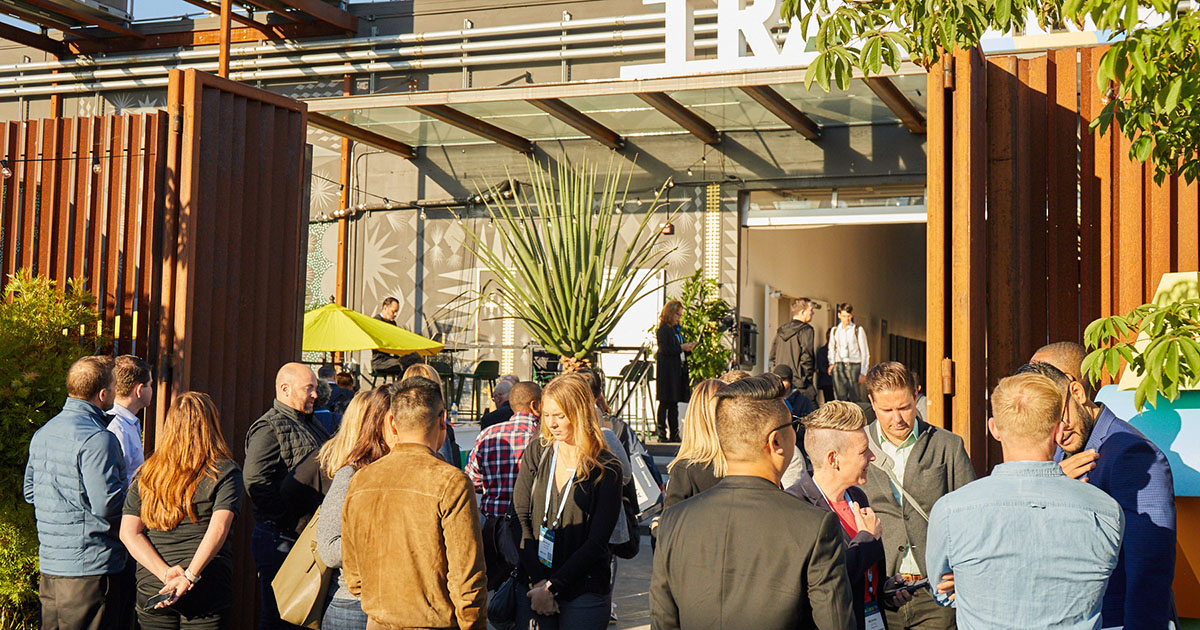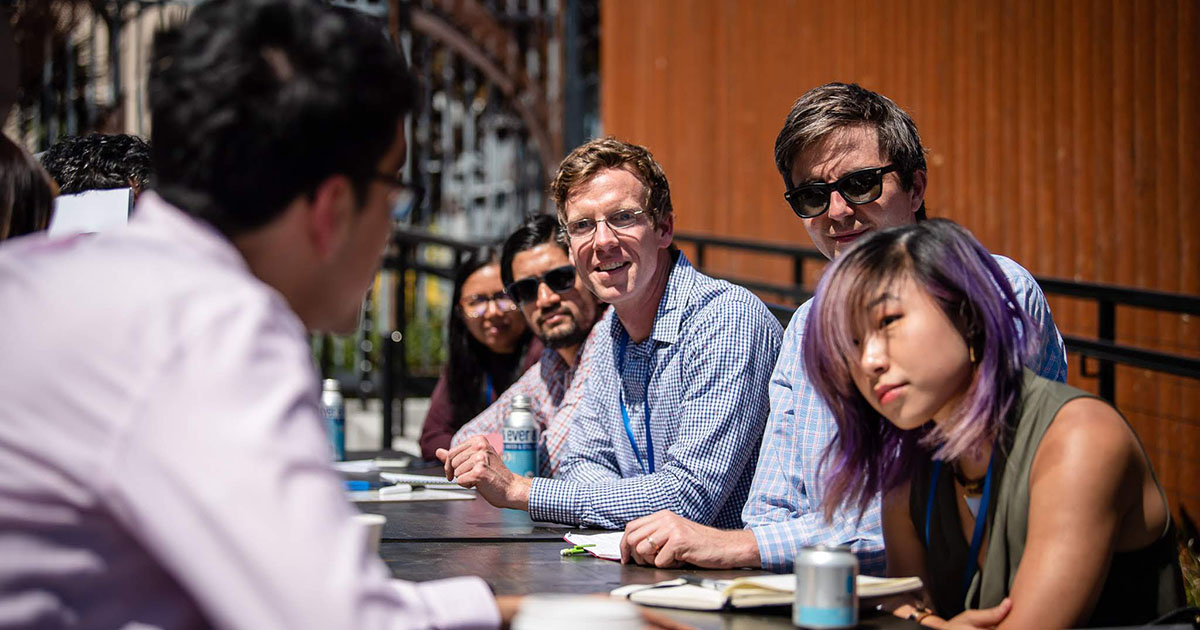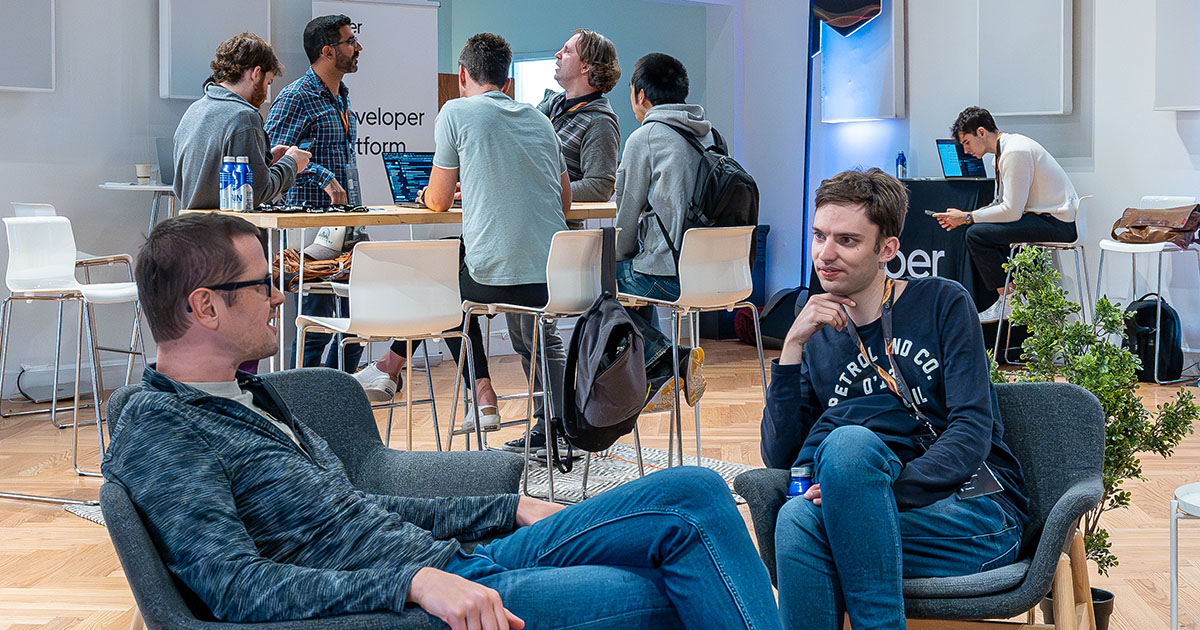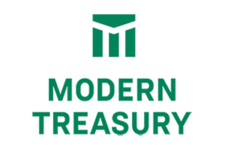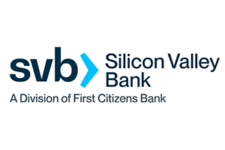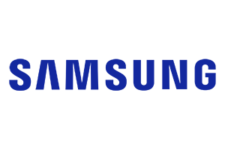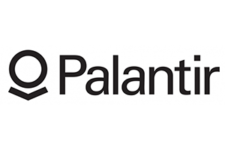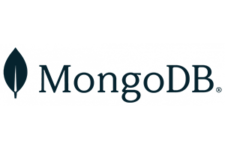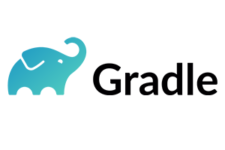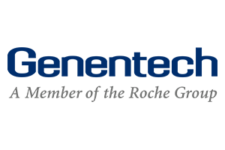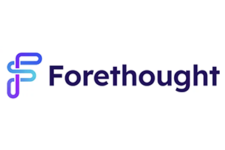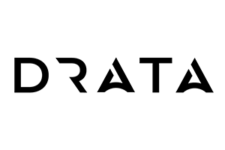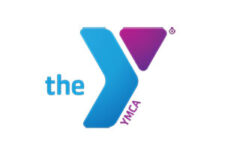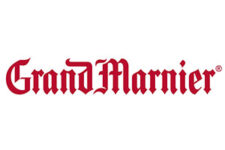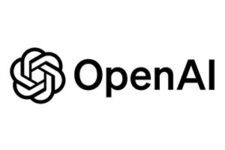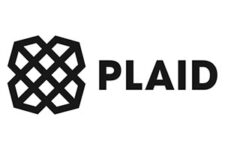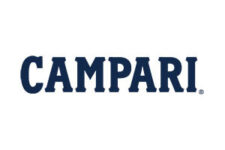Tailored Connections: Personalized Networking Strategies
San Francisco, CA | Updated: 07/15/2024
In today’s fast-paced corporate event landscape, personalized networking opportunities are essential for creating meaningful connections and maximizing the value of an event. By tailoring networking experiences to the individual needs and interests of attendees, event planners can significantly enhance engagement and satisfaction. Here, we delve into two key personalized networking strategies: attendee matchmaking and interest-based groups.
Introduction to Personalized Networking
Personalized networking is all about creating tailored experiences that cater to the unique preferences and goals of each attendee. Rather than a one-size-fits-all approach, personalized networking leverages data and technology to match attendees based on their professional interests, industries, and networking objectives. This strategy ensures that each interaction is relevant and valuable, leading to more productive and fulfilling networking outcomes.
1. Attendee Matchmaking
How It Works
Attendee matchmaking uses sophisticated algorithms and data analytics to pair attendees with similar interests or complementary goals. This process typically involves attendees filling out detailed profiles during the registration process, including information about their industry, job role, specific interests, and what they hope to achieve from the event. The matchmaking system then analyzes this data to identify potential matches, facilitating one-on-one meetings or group discussions that are highly relevant and targeted.
Benefits
- Relevance: By connecting attendees with similar interests or goals, matchmaking ensures that each interaction is meaningful and pertinent.
- Efficiency: Attendees can spend less time searching for relevant contacts and more time engaging in valuable conversations.
- Satisfaction: Personalized connections enhance attendee satisfaction, as they are more likely to achieve their networking objectives.
Implementation Tips
- Collect Detailed Information: During registration, ask for comprehensive information to enable accurate matchmaking.
- Use Reliable Software: Invest in robust matchmaking software that can handle large datasets and provide accurate matches.
- Facilitate Introductions: Provide a platform or session where matched attendees can easily meet, such as a dedicated meeting space or virtual room.
2. Interest-Based Groups
How it Works
Interest-based groups bring together attendees who share similar professional interests, challenges, or goals. These groups can be organized around specific themes, industries, or topics, and can take various forms such as breakout sessions, roundtable discussions, or informal meetups. Attendees can join these groups based on their preferences indicated during registration or through the event app.
Benefits
- Focused Discussions: Grouping attendees by interest ensures that discussions are relevant and engaging.
- Enhanced Learning: Participants can learn from each other’s experiences and insights, leading to a richer understanding of the topic.
- Stronger Connections: Attendees are more likely to form lasting connections with peers who share similar interests and challenges.
Examples of Success
- Industry-Specific Breakouts: At a technology conference, organizing breakout sessions for different sectors like fintech, health tech, and edtech allows attendees to delve into industry-specific issues and trends.
- Themed Networking Lunches: Hosting themed lunches based on topics such as leadership, innovation, or sustainability encourages focused conversations in a casual setting.
- Interest-Based Meetups: Organizing meetups for specific interests, such as a startup founders meetup or a women in tech networking event, fosters community building and peer support.
Implementation Tips
- Clear Communication: Clearly communicate the available groups and their themes during registration and through the event app.
- Facilitate Engagement: Provide discussion prompts or activities to kickstart conversations within the groups.
- Feedback Mechanism: Gather feedback from participants to continuously improve the structure and content of interest-based groups.
In conclusion, personalized networking opportunities significantly enhance the overall experience and effectiveness of corporate events. By leveraging attendee matchmaking and organizing interest-based groups, event planners can create a more engaging and relevant networking environment. These tailored approaches not only facilitate meaningful connections but also contribute to higher attendee satisfaction and event success.
As corporate events continue to evolve, the emphasis on personalized experiences will become even more crucial. By adopting these strategies, event planners can ensure that their events stand out, offering unparalleled networking opportunities that truly resonate with attendees.
Looking for Event Space in San Francisco?
Let us know how we can help with your organization’s event needs. The Midway customizes events of all types and sizes with our versatile spaces, culinary options, and technological know-how for maximum impact and a successful experience.
Whether you are in early planning stages or interested in discussing specifics, please contact us for more info.
RELATED CONTENT

